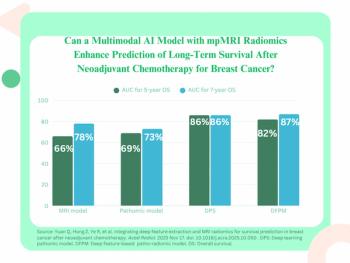
Massive trial uses imaging to assess myocardial infarction, stroke risk
Investigators begin recruiting the first of 7300 volunteers this month for a massive clinical trial to determine if a combination of blood tests, body measurements, and imaging exam can outperform the Framingham tests for assessing older adults who carry an intermediate risk of a major cardiovascular event, including myocardial infarction and stroke.
Investigators begin recruiting the first of 7300 volunteers this month for a massive clinical trial to determine if a combination of blood tests, body measurements, and imaging exam can outperform the Framingham tests for assessing older adults who carry an intermediate risk of a major cardiovascular event, including myocardial infarction and stroke.
The BioImage study is sponsored by the High Risk Plaque Initiative, a consortium involving academic researchers, pharmaceutical companies, and imaging device manufacturers. Dr. Valentin Fuster, director of cardiovascular medicine at Mount Sinai Medical Center in New York City and chair of the HRP initiative's scientific advisory board, is principal investigator.
The study's designers hypothesize that a combination of blood biomarkers, body measurements, and imaging results can provide a more precise assessment of future risk than the Framingham score system now widely used for that purpose, according to Dr. Sahi Fayad, director of cardiovascular imaging at Mount Sinai Medical Center.
"We need to do better than the Framingham scoring system to identify and certify the intermediate risk group," Fayad said. "We have been a little disappointed that there hasn't been a single study until now to look at this in a large patient sample.
The study design is statistically powerful enough to assess the predictive ability of the blood tests, physical exam, and any combination of contrast and noncontrast CT and MR and FDG-PET together or alone, Fayad said.
The clinical endpoints are major cardiac and cardiovascular events including cardiac and CV-related death, myocardial infarction, and stroke in the three years following initial assessment. Results will be reported in 2012.
Participants in Illinois, Kentucky, and southern Florida including men ages 55 to 80 and women ages 60 to 80 have been selected from the membership list of Humana Health and invited by mail to participate. Volunteers will be directed to mobile testing complexes including a mobile clinic and CT, MR, and PET equipment housed in mobile trailers.
The 7300 volunteers will undergo baseline lab tests, physical exams, an ultrasound exam measuring intramedial thickness and ruling out abdominal aortic aneurysms, calcium CT, and ankle brachial exams. Of this total, 1300 will studied as a control group and will not receive further imaging.
Investigators expect about half of the remaining 6000 subjects will be classified as having an intermediate risk based on the results of their baseline exam. They will then be invited to receive contrast or noncontrast CT, contrast or noncontrast MR, and FDG-PET, Fayad said. The patient's themselves will determine if they are willing to accept a contrast medium.
The CT exams will involve coronary artery angiography, evaluations of plaque density based on Hounsfield units, and wall anatomy analysis. Contrast and noncontrast MRI will be used to study cardiac anatomy and wall motion. FDG-PET will be used as a marker for inflammation and macrophage activity.
"We are working with a multimodality imaging setup," Fayad said. "We can show if ultrasound alone is predictive or if we need to combine it with MR, CT, or PET. This is really going to help us try to identify the specific role of having these multiple imaging modalities."
Chicago, Louisville, and Miami were selected to produce a population profile that reflects the general ethnic and other population characteristics of the U.S., Fayad said. The mobile configuration is designed to overcome the typical problems with patient recruitment and equipment calibration and performance encountered during multicenter clinical trials.
For more information from the Diagnostic Imaging archives:
Newsletter
Stay at the forefront of radiology with the Diagnostic Imaging newsletter, delivering the latest news, clinical insights, and imaging advancements for today’s radiologists.




























